Randy Johnson


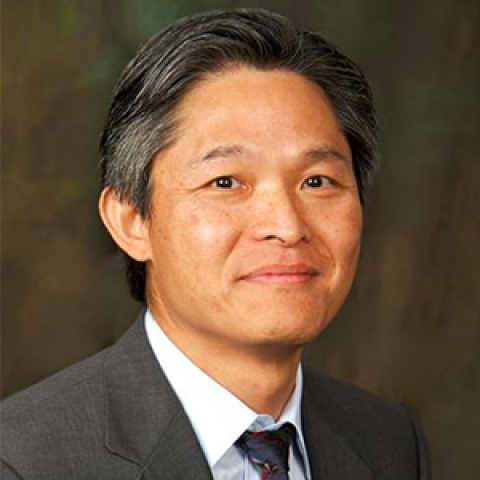
Dr. Hanjoong Jo is John and Jan Portman Professor in the Coulter Department of Biomedical Engineering (BME) at Georgia Tech and Emory University, and Professor of Medicine at Emory University. He is also the Associate Chair of Emory in BME Department. Upon graduation from Korea University, Dr. Jo received PhD under the co-mentorship of Professors John Tarbell (Chemical Engineering) and Ted Hollis (Physiology) at Pennsylvania State University in 1989. Following postdoctoral training in Jay McDonald Lab at Washington University in St. Louis and University of Alabama at Birmingham, he became Assistant Professor in Pathology and BME. Dr. Jo joined the BME Department at Georgia Tech and Emory University in 2000. He directs the Cardiovascular Mechanobiology and Nanomedicine lab. His lab studies how mechanical force associated with blood flow regulates vascular biology and cardiovascular disease, especially atherosclerosis, aortic valve (AV) calcification, and abdominal aortic aneurysms. He has published more than 150 peer-reviewed papers and edited two books. He developed the mouse model of atherosclerosis, known as partial carotid ligation model, induced by disturbed flow. His work led to the discovery of several genes (mechanosensitive genes and microRNAs) and epigenetic controlling mechanisms that are regulated by bad blood flow and play key roles in atherosclerosis and AAA. By targeting some of these mechanosensitive genes, his lab has been able to treat atherosclerosis and AAA in mice. His lab is now working on nanotechnologies to developing targeted gene and drug therapies in an effort to translate mouse studies toward clinical application. He is an elected fellow of American Institute of Medical and Biological Engineering, Biomedical Engineering Society, American Heart Association and American Physiological Society. He serves as associate editors and editorial board members of several cardiovascular and biomedical engineering journals including Scientific Reports, Circulation Research, Atherosclerosis Thrombosis Vascular Biology, Am J Physiology, Cell Molecular Bioengineering and Cardiovascular Engineering and Technology. He also has been serving as reviewers and chairs of study sections of the NIH, NSF, Veterans Administration and Am Heart Association. He also organized several international meetings, and in 2012, he served as the Chair of the Annual BME Society Meeting. He is also the founding President of Korean-American BME Society and Chairs of US-Korea Annual BMES Workshops since 2013. He has been a Distinguished Visiting Professor at Ewha Womans University and Chonbuk National University.

We strive to innovate in ways that both advance the imaging science and also impact biological and translational research. We are particularly interested in new imaging physics, bottom-up opto-electronic system design, as well as new principles for light propagation, light-matter interaction and image formation in complex biological materials, especially at the single-molecule level. Toward the application end, we have expertise in a wide range of imaging instrumentation and techniques, such as super-resolution, adaptive optics, light-field, miniaturized, light-sheet, computational microscopy and endoscopy.
Single-molecule biophotonicsSuper-resolution imagingAdvanced optical microscopy and instrumentation
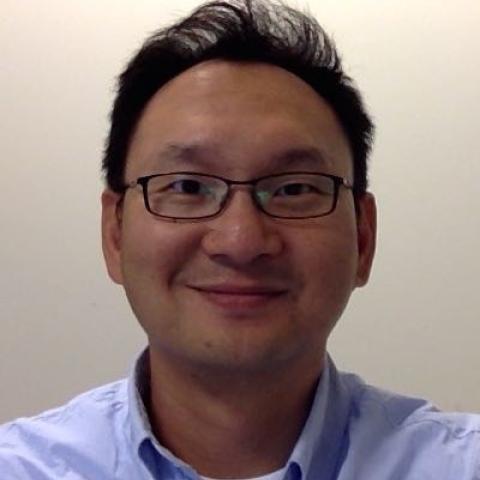
Dr. Jang’s lab uses multi-disciplinary approaches to study muscle stem cell biology and develops bioactive stem cell delivery vehicles for use in regenerative medicine. Dr. Jang’s lab studies both basic aspects of muscle stem cell biology, especially systemic/metabolic regulations of stem cell and stem cell niche, as well as more translational aspects of muscle stem cell and mesenchymal stem cell for use in therapeutic approaches for musculoskeletal aging, neuromuscular diseases, and traumatic injuries.
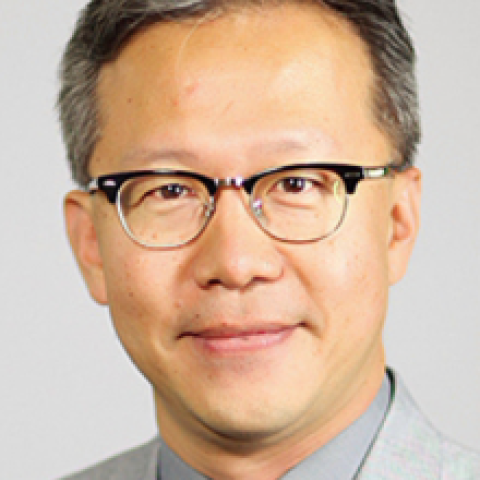
Seung Soon Jang joined the School of Materials Science and Engineering at the Georgia Institute of Technology in July 2007. Jang worked at Samsung Electronics and the Materials and Process Simulation Center (MSC) at CalTech performing various researches in nanoelectronics, fuel cell, and interfacial systems as a director of Supramolecular Technology for six years.
His research interest includes computations and theories to characterize and design nanoscale systems based on the molecular architecture-property relationship, which are especially relevant to molecular electronics, molecular machines, fuel cell technology and biotechnology.
Jang's research interest is to characterize and design nanoscale systems based on the molecular architecture-property relationship using computations and theories, which are especially relevant to designing new biomaterials for drug delivery and tissue engineering. Currently, he is focusing on 1) NanoBio-mechanics for DNA, lipid bilayer, and hydrogel systems; 2) Molecular interaction of Alzheimer proteins with various small molecules. Dr. Jang is also interested in various topics such as nanoelectronics, nanostructured energy technologies for fuel cell, battery and photovoltaic devices.;Computational mechanics; Nanostructured Materials; Polymeric composites; Biomaterials; Fuel Cells; Delivery and Storage
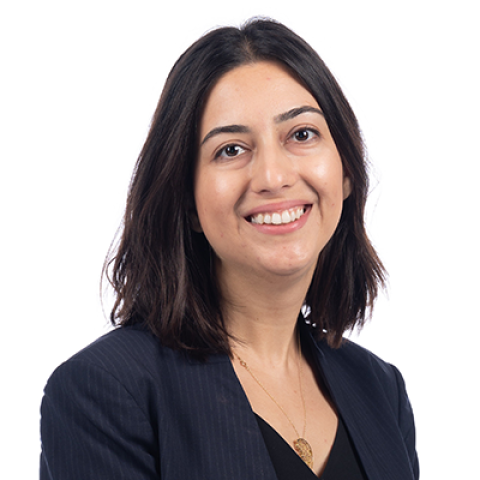
Vida Jamali earned her Ph.D. in chemical and biomolecular engineering from Rice University under the guidance of Professor Matteo Pasquali and her B.S. in chemical engineering from Sharif University of Technology. Jamali was a postdoctoral researcher in Professor Paul Alivisato's lab at UC Berkeley and Kavli Energy Nanoscience Institute before joining Georgia Tech. The Jamali Research Group uses experimental, theoretical, and computational tools such as liquid phase transmission electron microscopy, rheology, statistical and colloidal thermodynamics, and machine learning to study the underlying physical principles that govern the dynamics, statistics, mechanics, and self-organization of nanostructured soft materials, in and out of thermal equilibrium, from both fundamental and technological aspects.
Studying dynamics and self-assembly of nanoparticles and macromolecules in heterogeneous chemical and biological environmentsInvestigating individual to collective behavior of active nanomachinesHarnessing the power of machine learning to understand physical rules governing nanostructured-soft materials, design autonomous microscopy experimentation for inverse material design, and develop new statistical and thermodynamic models for multiscale phenomena
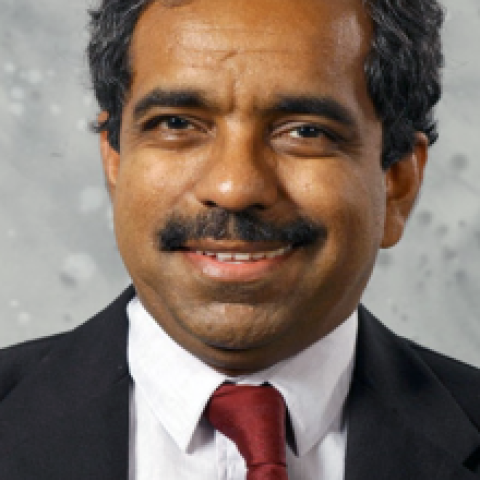
Karl I. Jacob, a professor of Materials Science and Engineering with a joint appointment in the G. W. Woodruff School of Mechanical Engineering, teaches graduate and undergraduate courses on polymer physics and engineering, rheology, and mechanics of polymeric materials. His graduate work was in the area of numerical analysis of vibrating three-dimensional structures. He came to Georgia Tech from DuPont Corporation in 1995. His initial work at the DuPont Dacron Research Laboratory was in the area of fiber-reinforced composite materials and in the development and modeling of fiber spinning processes. He then moved to the DuPont Central Research and Development Department, where he was involved in molecular modeling, computational chemistry, and diffusion.
Jacob is a member of the American Academy of Mechanics, the American Society of Mechanical Engineers, the Sigma Xi Research Society, and the Phi Kappa Phi Honor Society.
"Dr. Jacob's research is directed at stress induced phase changes, nanoscale characterization of materials, synthesis of polymeric nanofibers, mechanical behavior of fiber assemblies (particularly related to biological systems and biomimitic systems), nanoparticle reinforced composites, transdermal drug delivery systems, large scale deformation of rubbery (networked) polymers, and nanoscale fracture of materials. The objectives in this work, using theoretical, computational and experimental techniques, is to understand the effect of micro- and nano- structures in the behavior of materials in order to try to design the micro/nano structures for specific materials response. Dr. Jacob plans are to continue current research interests with a multidisciplinary thrust with more emphasis in bio related areas and to start some work on the dynamic behavior of materials and structures. Graduate students could benefit from the interdisciplinary nature of the work combining classical continuum mechanics with nanoscale analysis for various applications, particularly in the nano and bio areas. Dr. Jacob has extensive experience in vibrations and stability of structures, mechanics of polymeric materials, behavior of fiber assemblies, stress-induced phase transformation, diffusion, and molecular modeling. His research involves the application of mechanics principles, both theoretical and experimental, in the analysis and design of materials for various applications.";Fibers; smart textiles; fuel cells; Polymeric composites
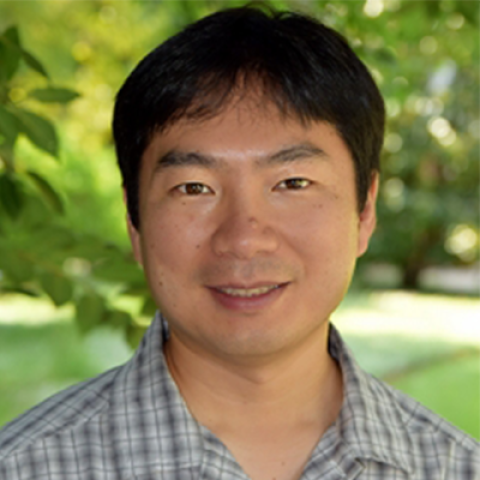
Our goal is to contribute to the fundamental understanding of the Earth's biogeochemical cycling in the present and past climate, to conduct research in Ecosystem and Biogeochemistry, Ocean Carbon Cycle, Global Climate Change, and Ocean Deoxygenation using computational modeling, observations and AI/machine learning approaches.

Omer T. Inan received his B.S., M.S., and Ph.D. degrees in Electrical Engineering from Stanford University in 2004, 2005, and 2009, respectively.
He worked at ALZA Corporation in 2006 in the Drug Device Research and Development Group. From 2007-2013, he was chief engineer at Countryman Associates, Inc., designing and developing several high-end professional audio products. From 2009-2013, he was a visiting scholar in the Department of Electrical Engineering at Stanford. In 2013, he joined the School of ECE at Georgia Tech as an assistant professor.
Inan is generally interested in designing clinically relevant medical devices and systems, and translating them from the lab to patient care applications. One strong focus of his research is in developing new technologies for monitoring chronic diseases at home, such as heart failure.
He and his wife were both varsity athletes at Stanford, competing in the discus and javelin throw events respectively.
Medical devices for clinically-relevant applicationsNon-invasive physiological monitoringHome monitoring of chronic diseaseCardiomechanical signalsMedical instrumentation

I am currently Professor and KUKA Chair for Robotics in the School of Interactive Computing. I am also Emeritus Professor of Electrical and Computer Engineering at the University of Illinois at Urbana-Champaign.
Robots never know exactly where they are, what they see, or what they're doing. They live in dynamic environments, and must coexist with other, sometimes adversarial agents. Robots are nonlinear systems that can be underactuated, redundant, or constrained, giving rise to complicated problems in automatic control. Many of even the most fundamental computational problems in robotics are provably hard. Over the years, these are the issues that have driven my group's research in robotics. Topics of our research include visual servo control, planning with uncertainty, pursuit-evasion games, as well as mainstream problems from path planning and computer vision.